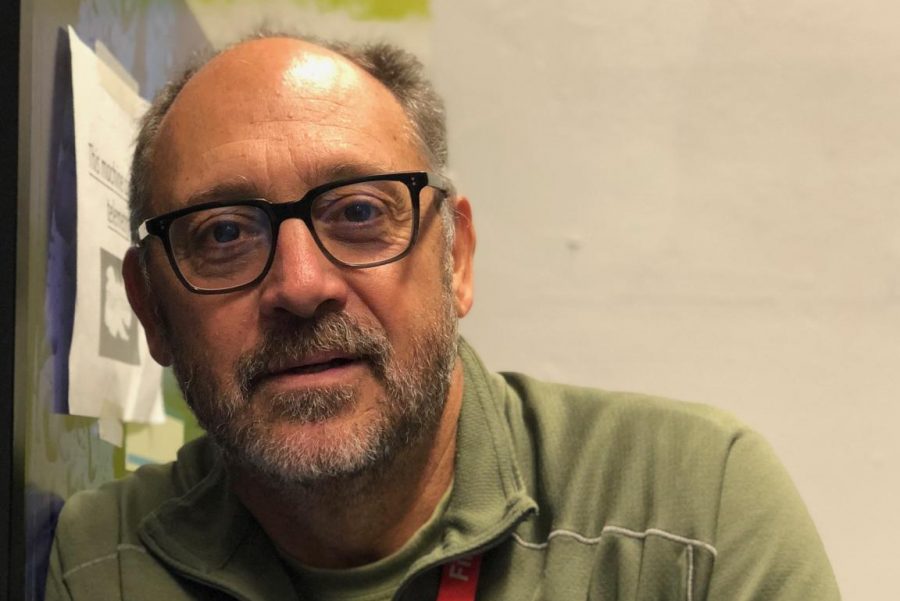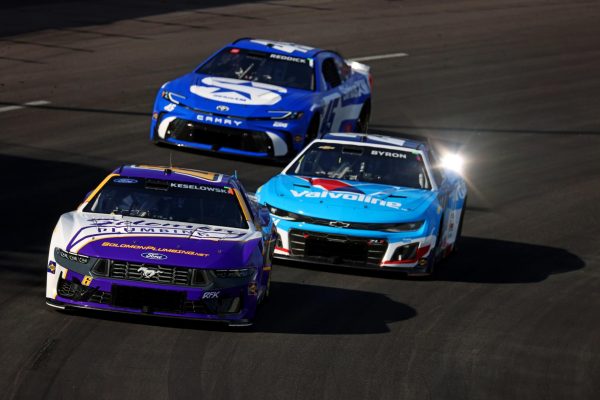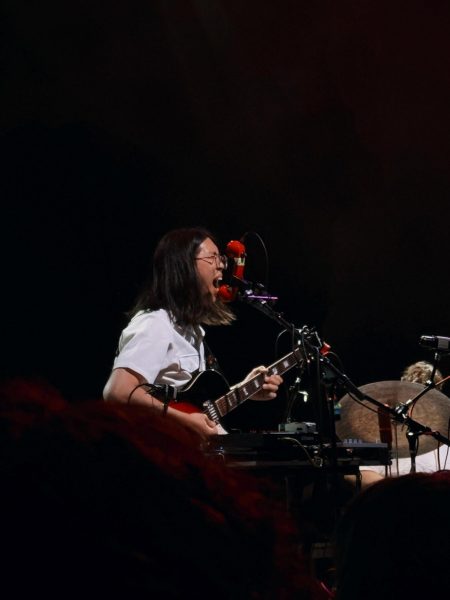Catching up with Steve Coron
Steve Coron sat in the far corner of his art classroom in his green armchair next to a bookshelf. He ate from a bag of chips as the interview began. The casual tone made the interview slowly turn into a conversation rather than a question and answer. If Community is similar to other schools the interview might have been a lot less personal, but that’s what sets the interview apart.
When Community students and staff think of Coron they think of the jovial art teacher. When they think of art classes, they think paintings, photographs, sculptures and more; however, Coron implements a unique approach to his classes: writing about the artwork. Now that he has completed his master’s degree (MA), he intends to share this approach with art teachers in Ann Arbor Public Schools (AAPS) as well as collaborate with fellow CHS teachers.
To get into detail, Coron got his MA from Mary Grove College in Detroit, something he has been working online for the past two years. However, what goes overlooked is that he did it while continuing to teach at Community. As he and others might attest, it is not an easy task.
Being an art teacher, people might assume that he got his degree in studio art, but Coron decided to get a degree in something different that interested him as well as helped him with his current and future career goals. The title of the program at Mary Grove is what ultimately swayed his decision: Masters in the Art of Teaching.
Coron cites the three main focuses of the program as curriculum, instruction and assessment, which are three areas he would like to improve. He continues to say how he wants to change as a teacher, by being more mindful of what he’s teaching and how he’s teaching. And that’s why he enrolled in the program.
“The Educational Effects of Critical Response Writing in High School Visual Arts Classes / Why do we Have to Write in Art Class Anyway?” is the title of his thesis. Getting an MA is difficult, but implementing the thesis daily is another feat in itself. And Coron does exactly that. “I’m really high on this thing,” he stated. “I’ve been writing with art, with students, as long as I’ve been teaching. And I mean that even when I taught preschool and kindergarten.”
Usually, when people think of art class, writing does not accompany it. But Coron finds the opposite to be true. “Well, what we’re finding is that when you write, you think in a different way, so you’re thinking more. Anytime we can get you guys to think more differently, we’re doing good work,” he says, after mentioning how he’s currently collaborating with Matt Johnson and plans to share his findings with others.
Unlike most master’s theses, Coron’s is open to the public, and he intends to share it with the teachers at Community, the students, and the other art teachers in AAPS. He says, “But now I’m on the leadership team here at school. So the stuff that I talked about and understood in the context of that class, I can start applying here.”
Implementing writing into art classes not only gives students that vocabulary to communicate about art but also teaches them that they are not a strange combination. As Coron put it, “Why do people take notes? Why do you even put it in your phone? I mean, that act of putting it somewhere else can cement a thought, … and it can lead to understanding on a different level…. And in the artistic process, that writing and responding and thinking about what we do, it’s all part of that process.”
That creative process is not just involved in art classes but also in other aspects of a school. Unfortunately, there are still schools that discourage creativity — unconsciously or otherwise, like getting rid of Art classes. As Sir Ken Robinson said, in his TED talk “Do Schools Kill Creativity?” in 2006, “I believe this passionately, that we don’t grow into creativity, we grow out of it. Or rather, we get educated out if it.” The education system teaches kids that making mistakes is a crime and they grow older believing this notion. But if we continue to teach kids like this, they will never have the capacity to come up with something original; something creative.
Students are taught the systematic way of going through high school: good grades and test scores, go to college, get a job and so on. This process typically does not offer opportunities to be creative.
However, Community is a different story. Coron mentions how this school is packed with creative teachers who intentionally give students the chance to do something creative in their classes.
So what makes Community a school that fosters creativity? If you ask Coron he would say it is our relationship-based learning. The close interactions between students and teachers allow for more creative flexibility.
However, if other larger schools wish to create a similar environment to Community’s, they have to find a way to implement relationship-based learning on a smaller scale, which is something Coron encourages.
In the end, bigger questions arise. “So we have to think, what does “creative” mean?” Coron says. “And how many different ways can we define or how many different ways can we experience that word creativity?”










